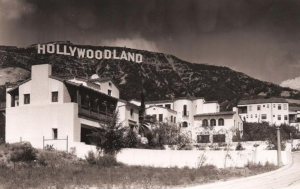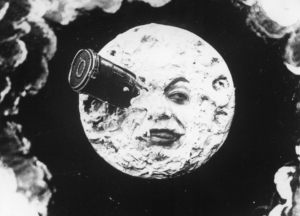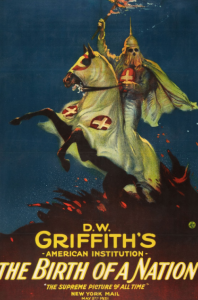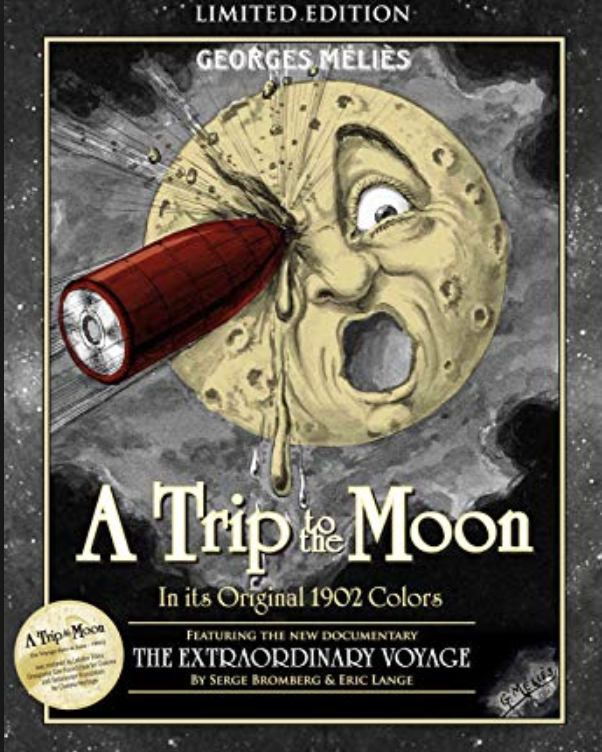Lecture: Cubism and Corporate Identity (1905-1915)
This timeframe no doubt has some interesting advancement! In this week’s lecture, we learnt about the development in worlds of architecture, graphic design and product design. The modern approach of “Forms follow function” is something so crucial that even today, we stay by this principle! In particular, I was fascinating by Beggarstaff (James Pryde and William Nicolson) and Hans Rudi Erdt poster design.

1911, Hans Rudi Erdt poster, for Hollerbaum and Schmidt from Judy’s blog

1894, The Beggarstaffs opened an advertising design studio from Judy’s blog
I mean just look at this! The use of simple silhouette with flat colours made with paper cut-out. And the way these designers employed negative space to suggest the shapes of the clothings is just really smart and spot-on. Other than that, the minimal colour palette also makes it look clean and refined.

1908, Boynton House in Rochester, New York from Judy’s blog
The other major develop we mentioned is product design. As designers began to value functionality to translate basic materials like woods, steel and glasses for mass production. They began to think of the interior space holistically when they are designing. Although not all the experimentations are successful, designers and architect surely came up with some truly great works through trials and errors.
Research: What’s the point of Silent Films?
The early 20th century was the “Silent Era” that bought us several great film studios and movie stars like Charlie Chaplin and Laurel and Hardy. After the debut of motion pictures by Lumiere Brothers in 1895, the United States, France and Italy went on with movie production on the big screens.The Golden Age of Silent Cinema covers the time from mid-1890s to the late 1920s. In this Survey, we will be focusing on “The Silent Years” in Pre-World War I cinema.
Film Studios in the United States

Hollywood established in 1853
Although the combination of using motion pictures and recorded dialogues was embedded in the concept of film upon its introduction, it didn’t become prevalent until in the end of 1920s.
In the 1900s-1910s, American film industry was mainly dominated by film studios including Famous Players Lasky Coporation (now known as Paramount Pictures) , Loew’s Inc. and First National Pictures. Along with some major studios that came up in 1920s, these organizations eventually became the backbone of the Hollywood studio system. Feature films for entertainment were mainly targeted towards middle class and the subjects were adaptation of novels and playsWith the higher demand of better cinematographic experience of the working class than the last century, producers and film-makers readily increased their budget to provide higher quality production for its audience. . In general, silent movies were often accompanied with live music played in sync with actions to create suspense or excitement. Studios were often fighting for the grounds of California and New Jersey as well because of their ideal sunny weathers for shooting great scenes!
Successful Films
https://www.youtube.com/watch?v=8g3803sAfkE
The most iconic star of all was arguably the Silent film actor and director, Charlie Chaplin, who is known for his “little Tramp” character with moustache, derpy hat and comedic look. The England actor started his career in the Keystone Studio in United States and became hugely popular. The portrayal of a childlike, bumbling but good-hearted character surely won the hearts of the audience!

A Trip to the Moon (1902)

The Birth of a Nation Poster(1915)
Some of the most famous ones in the early 1900s includes A Trip to the Moon (1902) and The Birth of a Nation (1915). Following the story of a group of astronomers traveling to the moon, A Trip to the Moon was most known for its spectacular visuals and a deliberate use of stage set that gives audience a theatrical experience. On the other hand, The Birth of a Nation was credited as a groundbreaking film in its innovative shooting techniques. Although the story that addressed racism was highly controversial at the time, it pioneered the use of some advanced photographic techniques like close-ups, fade-outs, and a carefully staged battle sequence to build up dramatic scenes. The production of was clearly well-thought and the result was a revolutionary cinematographic experience!
References:
https://www.octaneseating.com/history-of-silent-movies
https://en.wikipedia.org/wiki/The_Birth_of_a_Nation
https://en.wikipedia.org/wiki/A_Trip_to_the_Moon
https://www.u-s-history.com/pages/h3871.html
https://www.britannica.com/art/history-of-the-motion-picture/The-silent-years-1910-27

Leave a Reply
You must be logged in to post a comment.